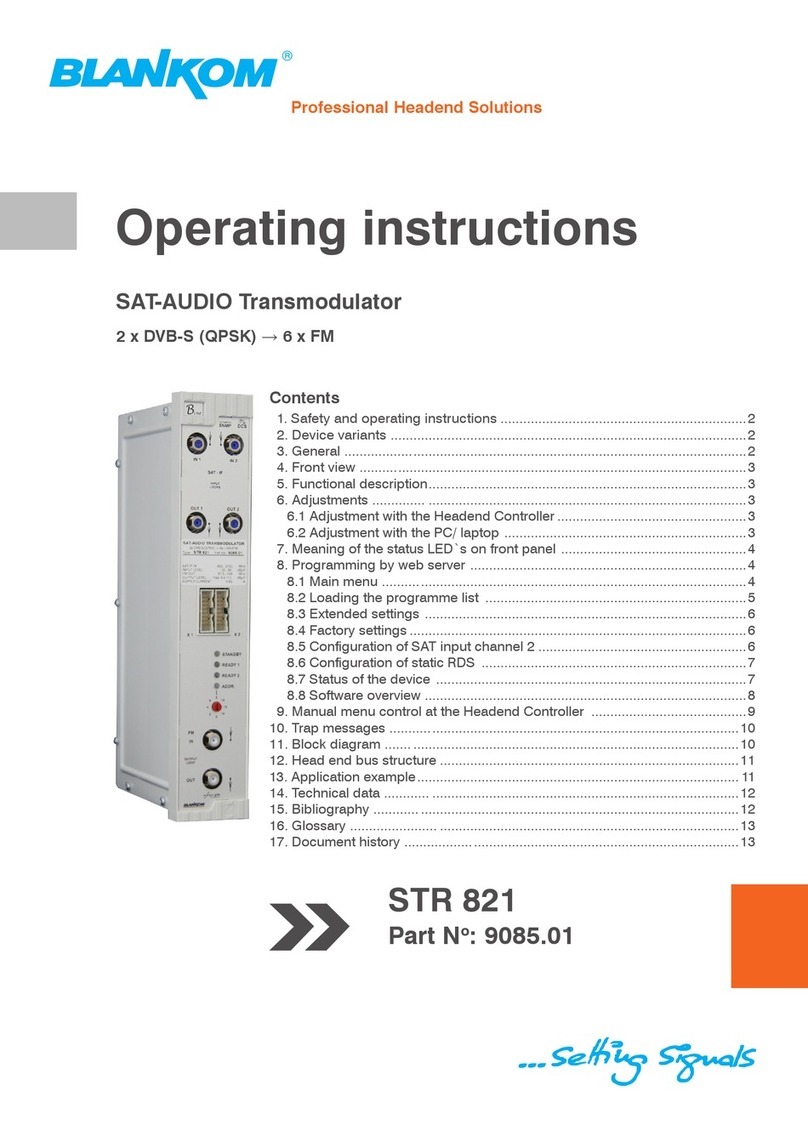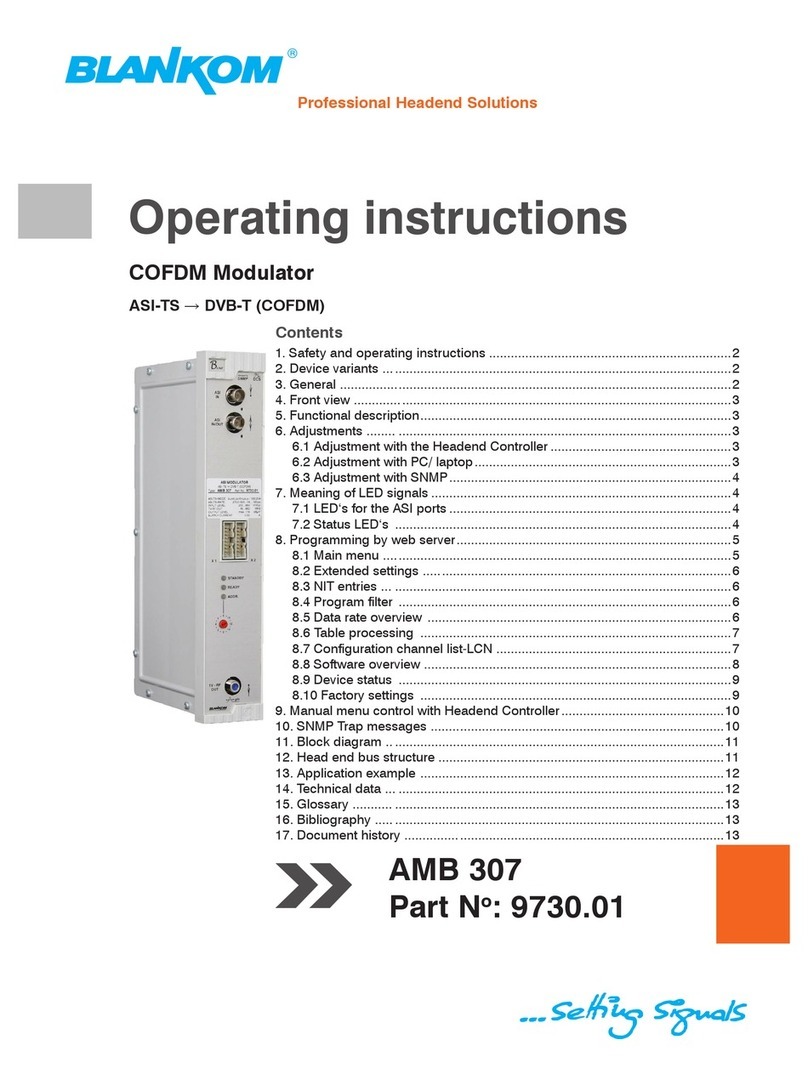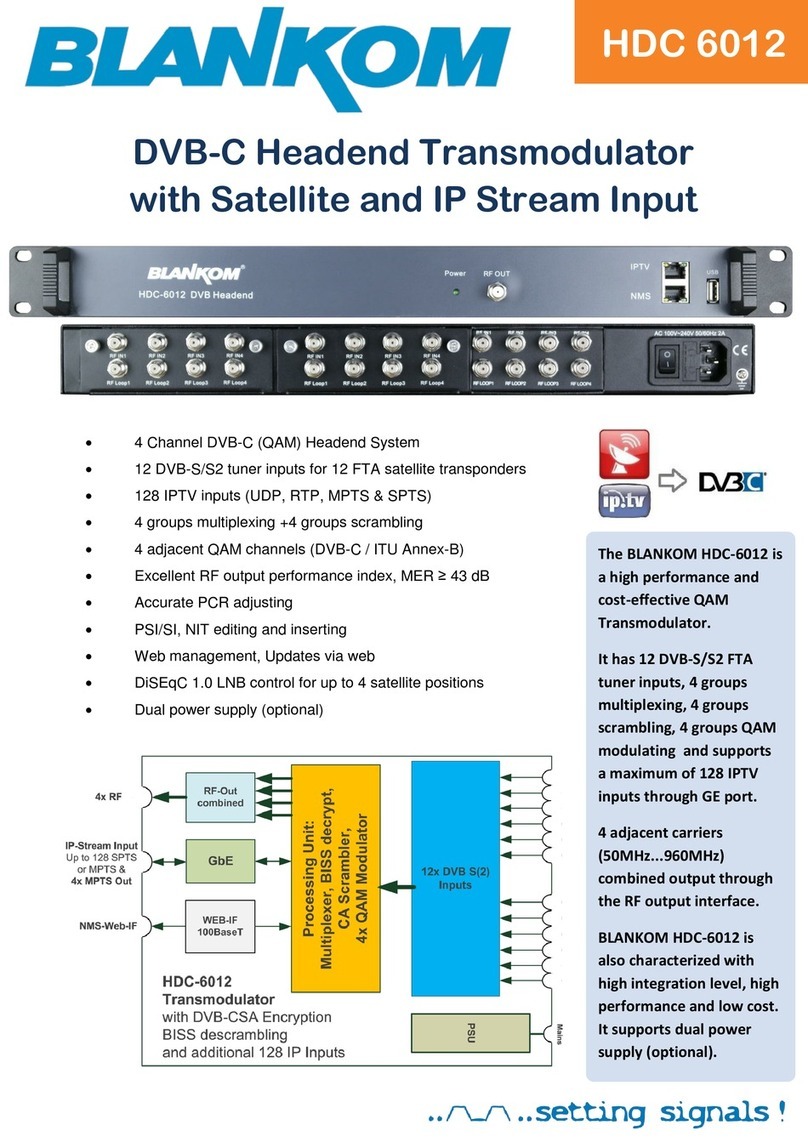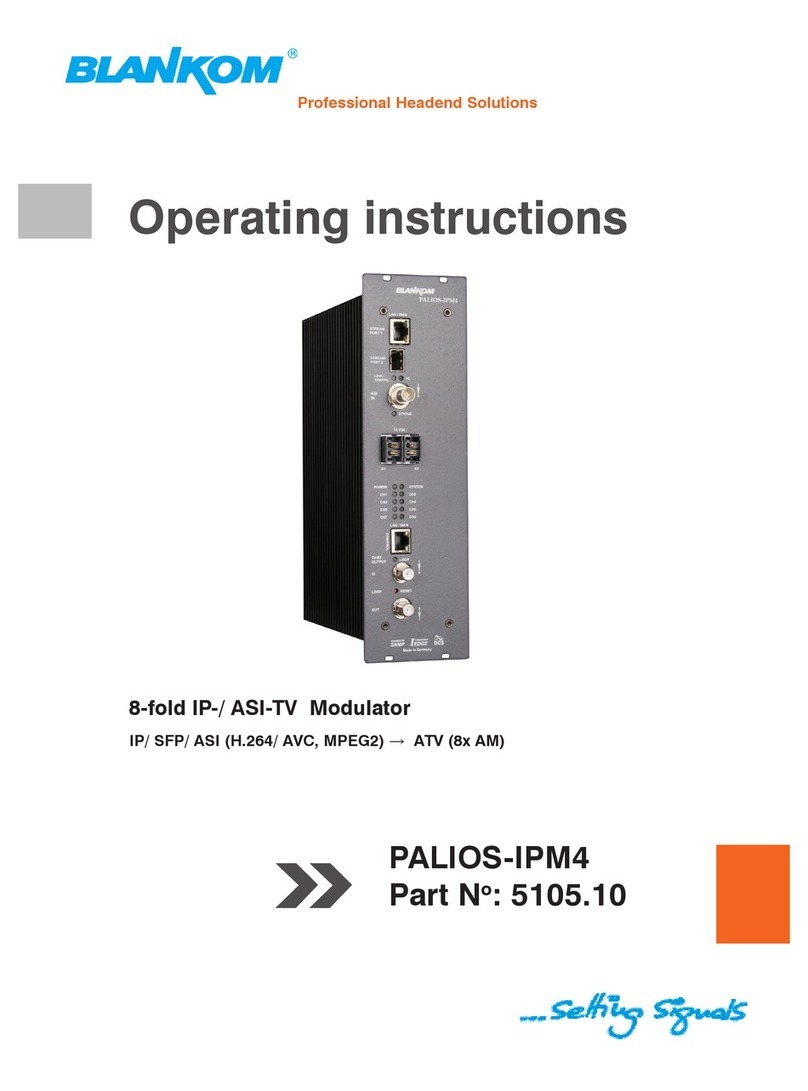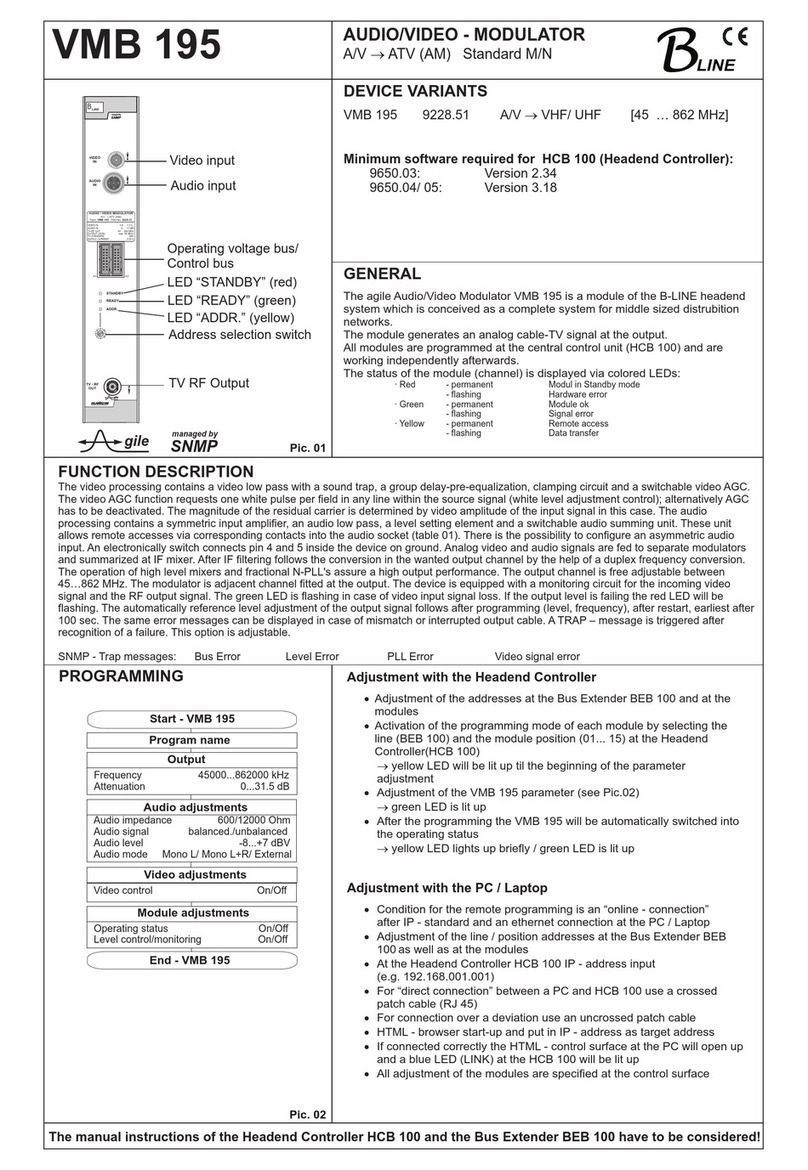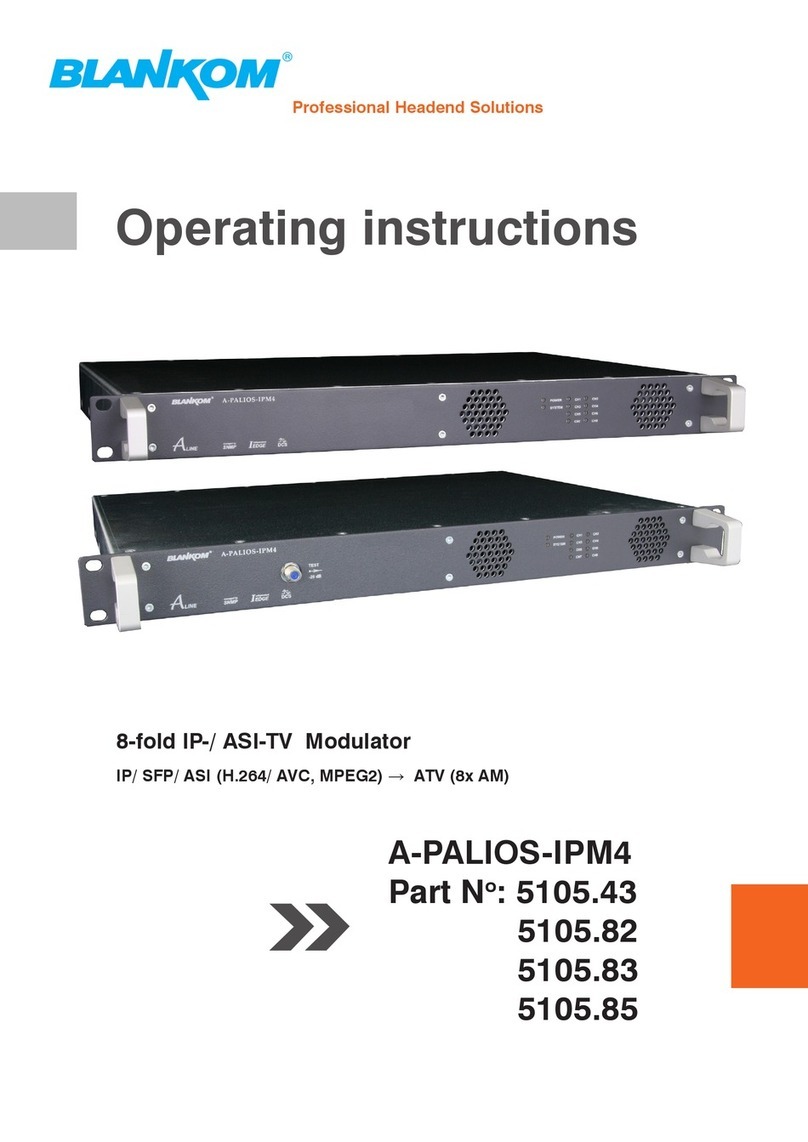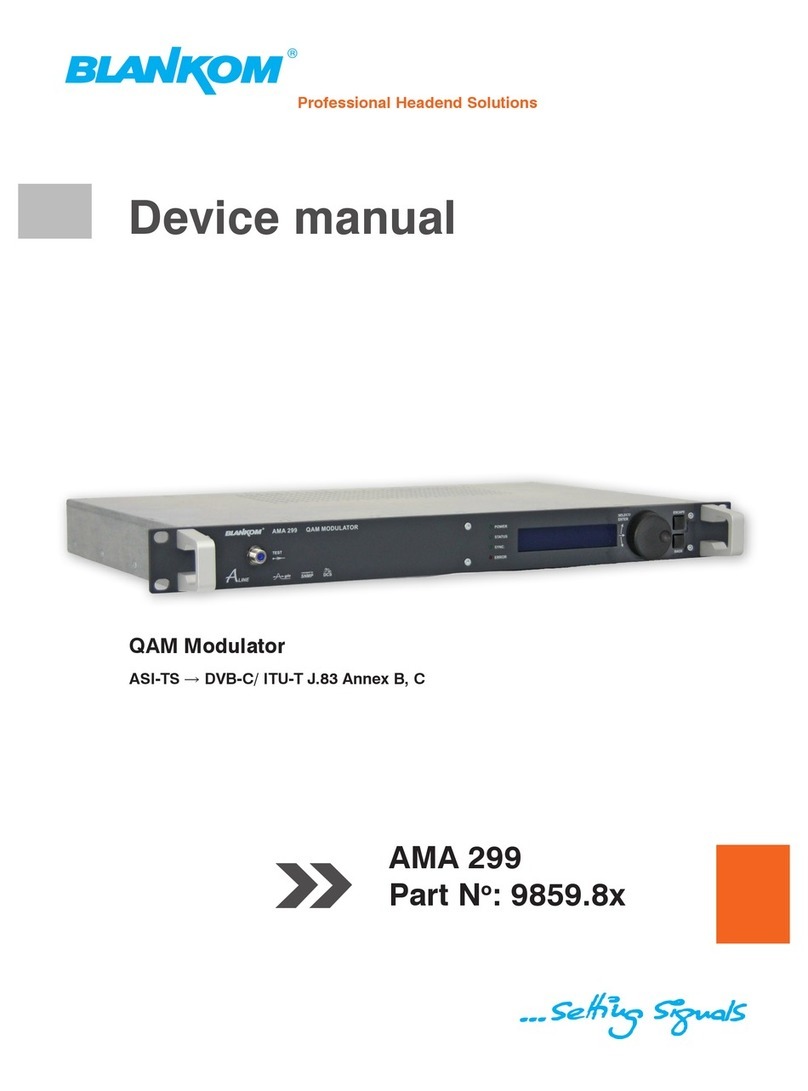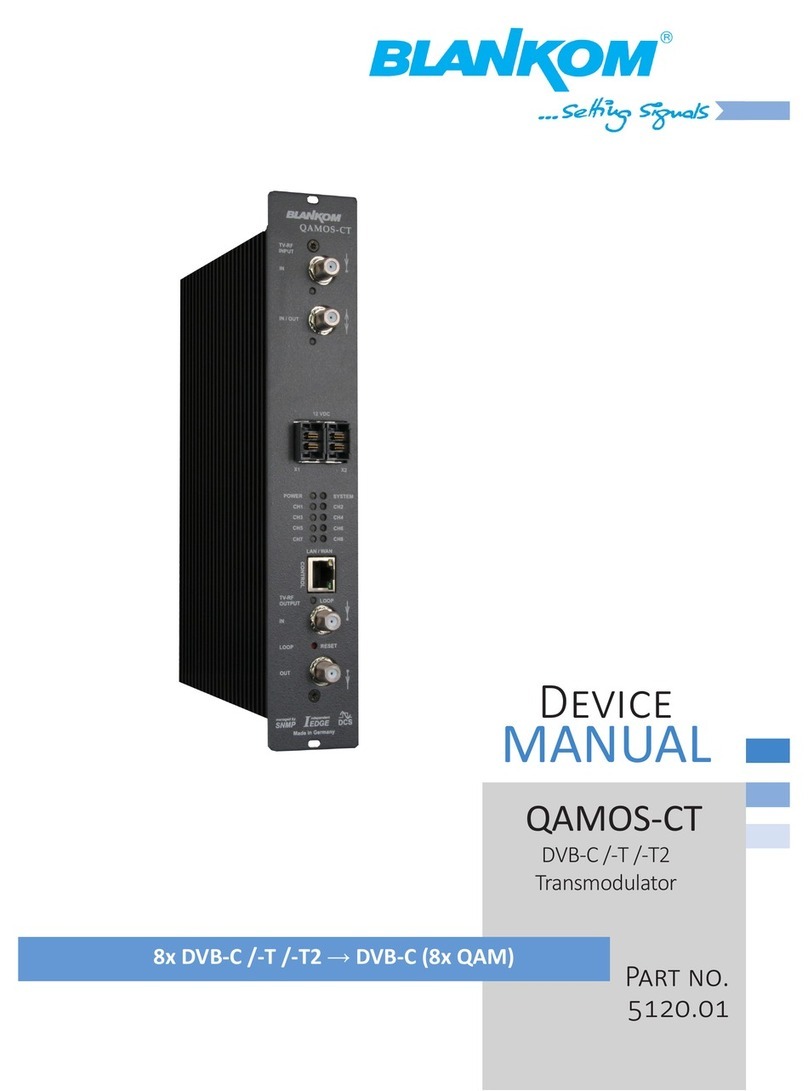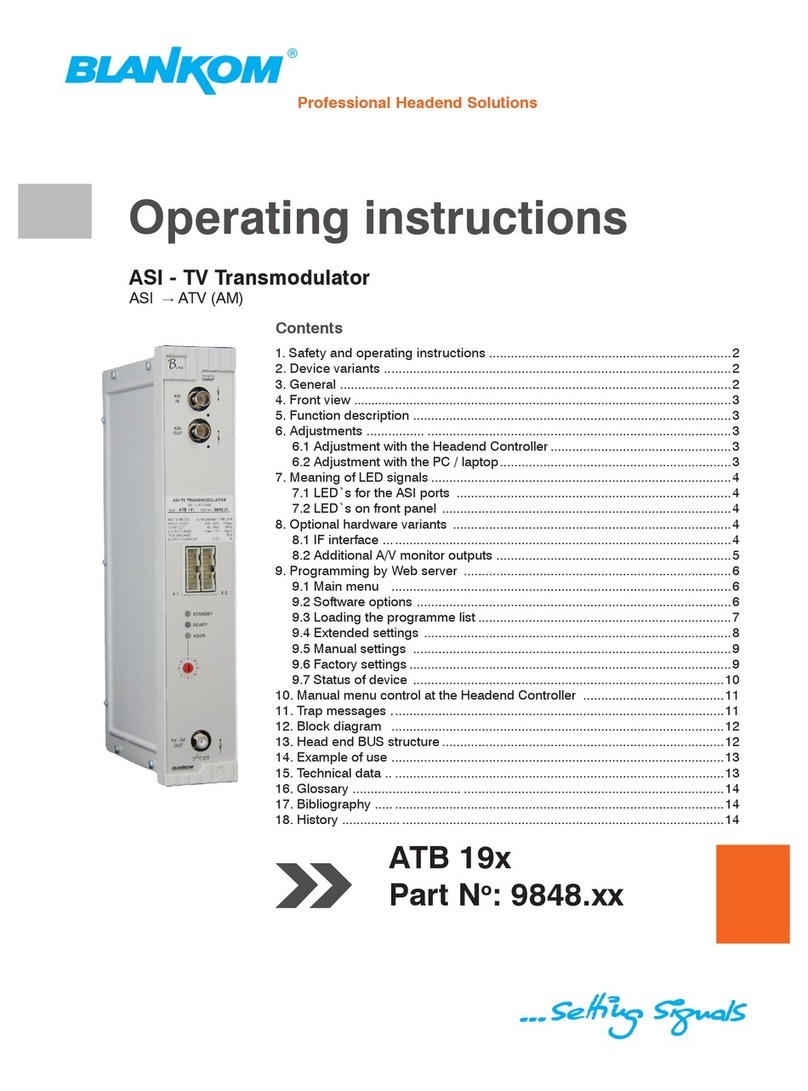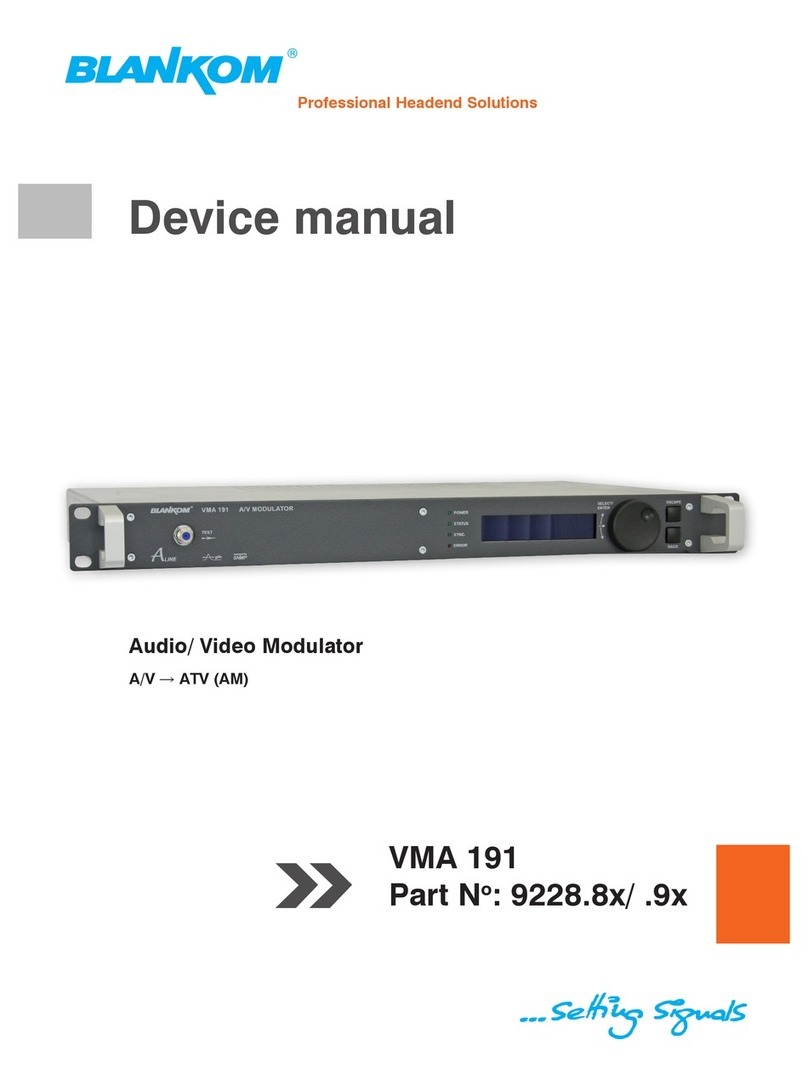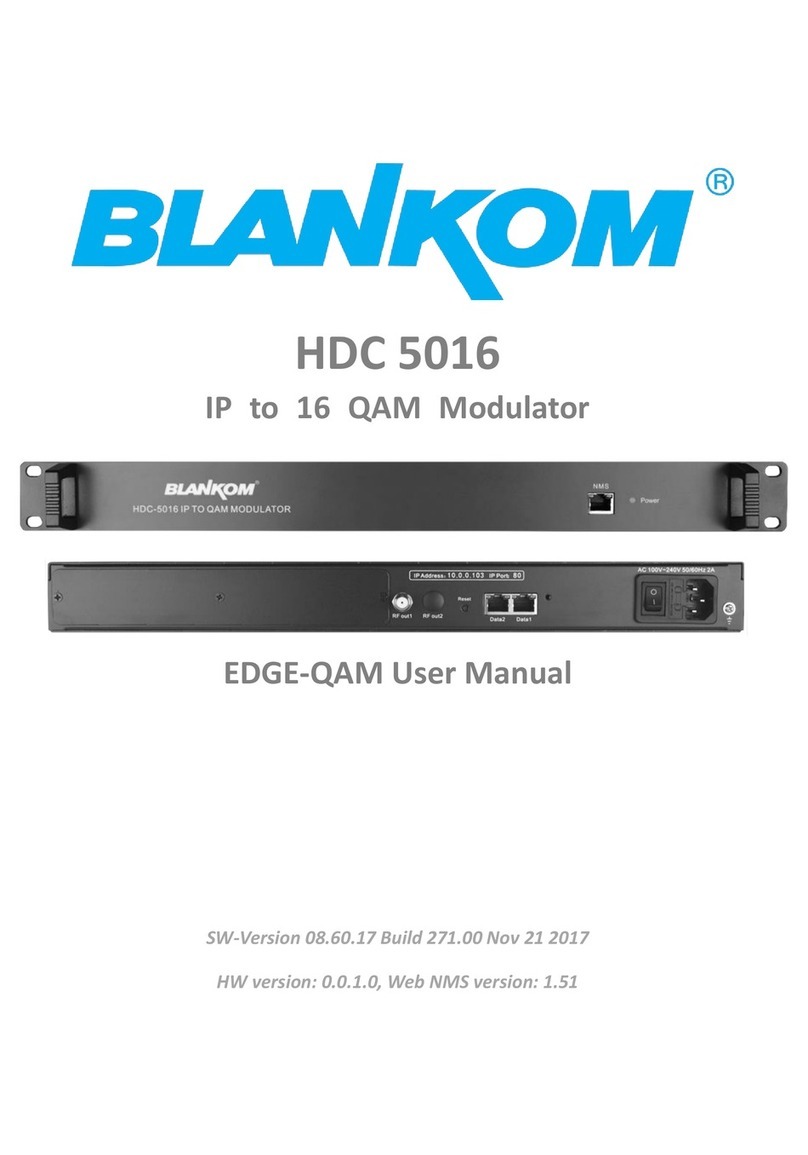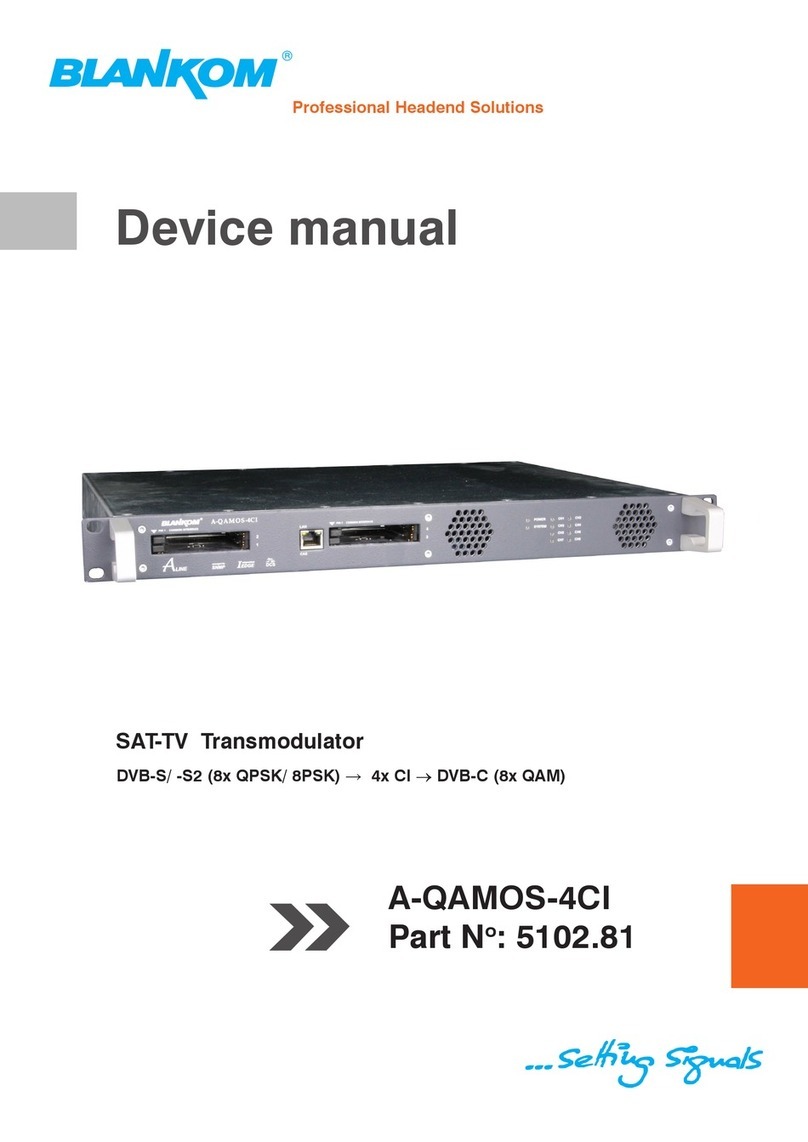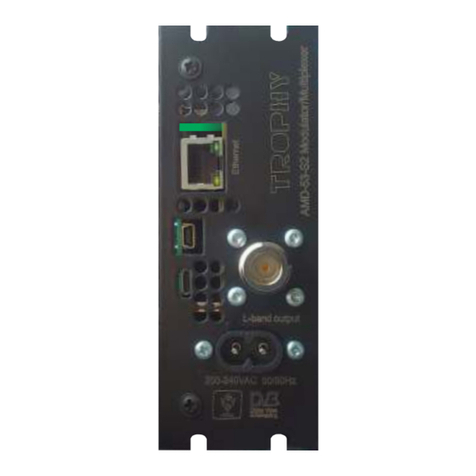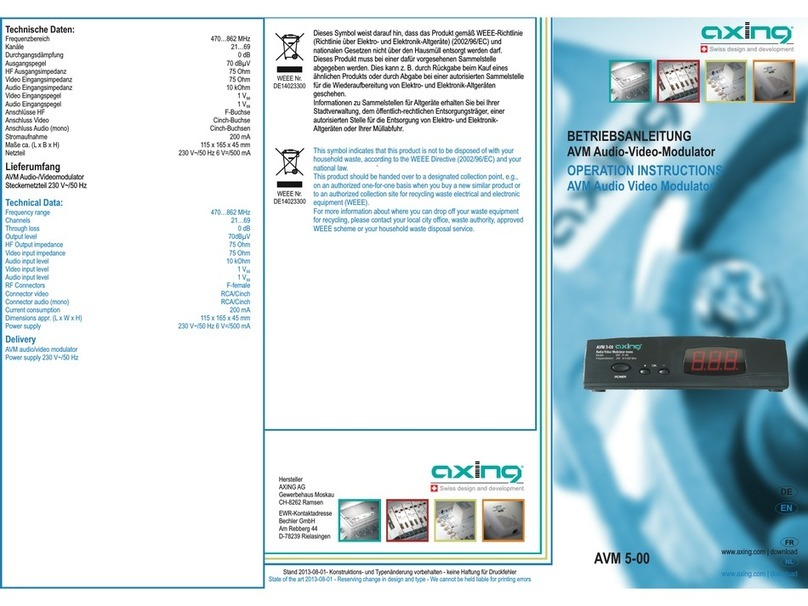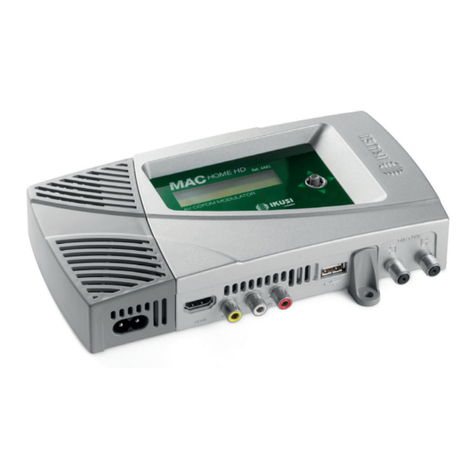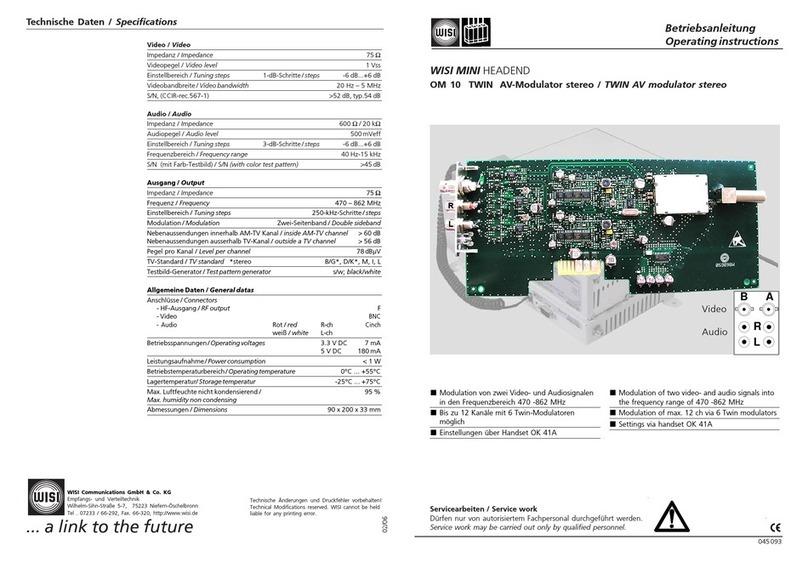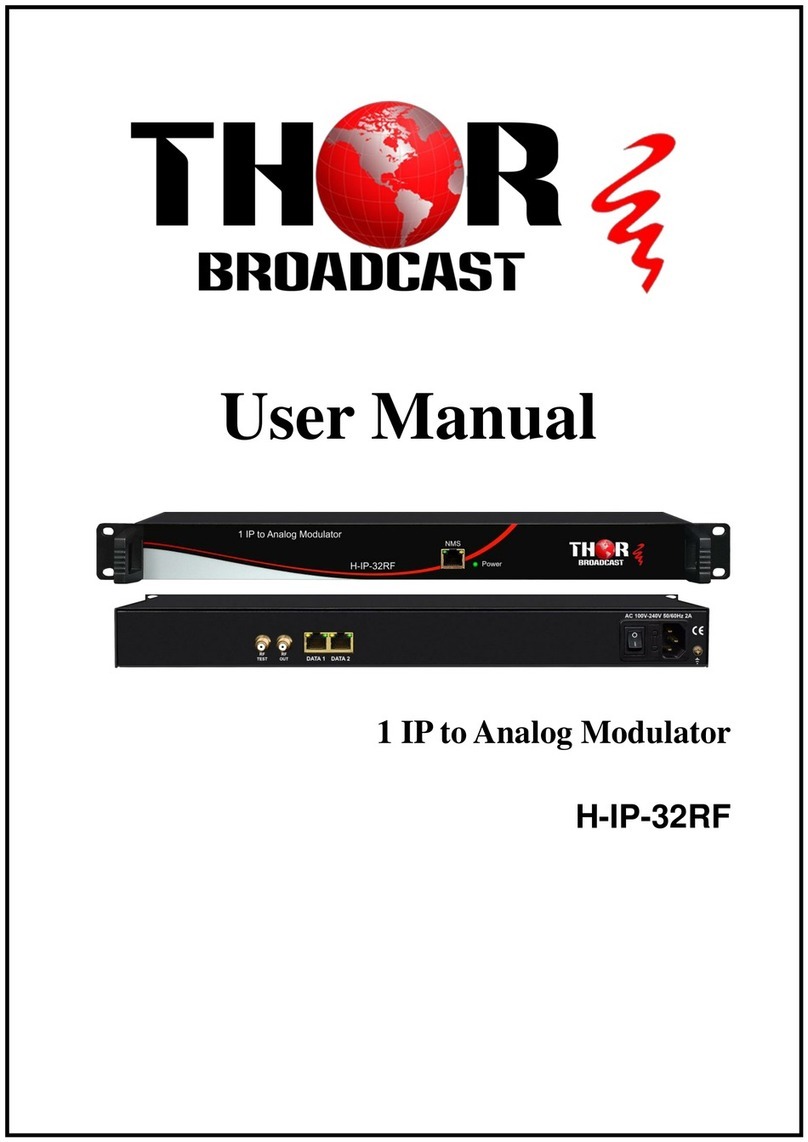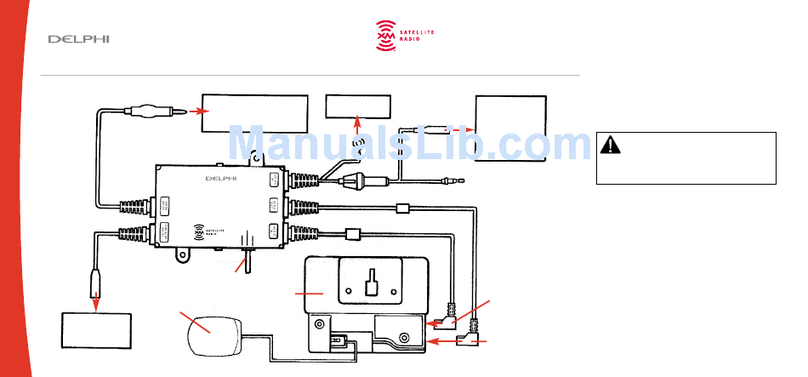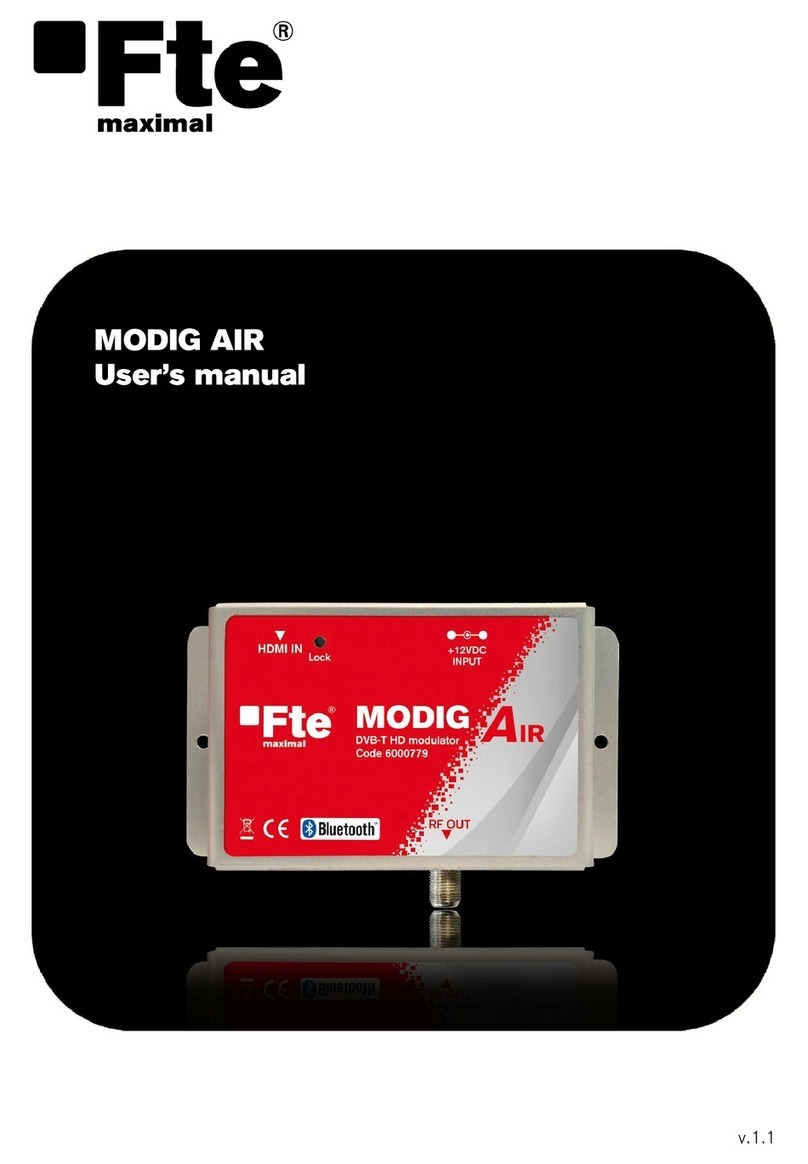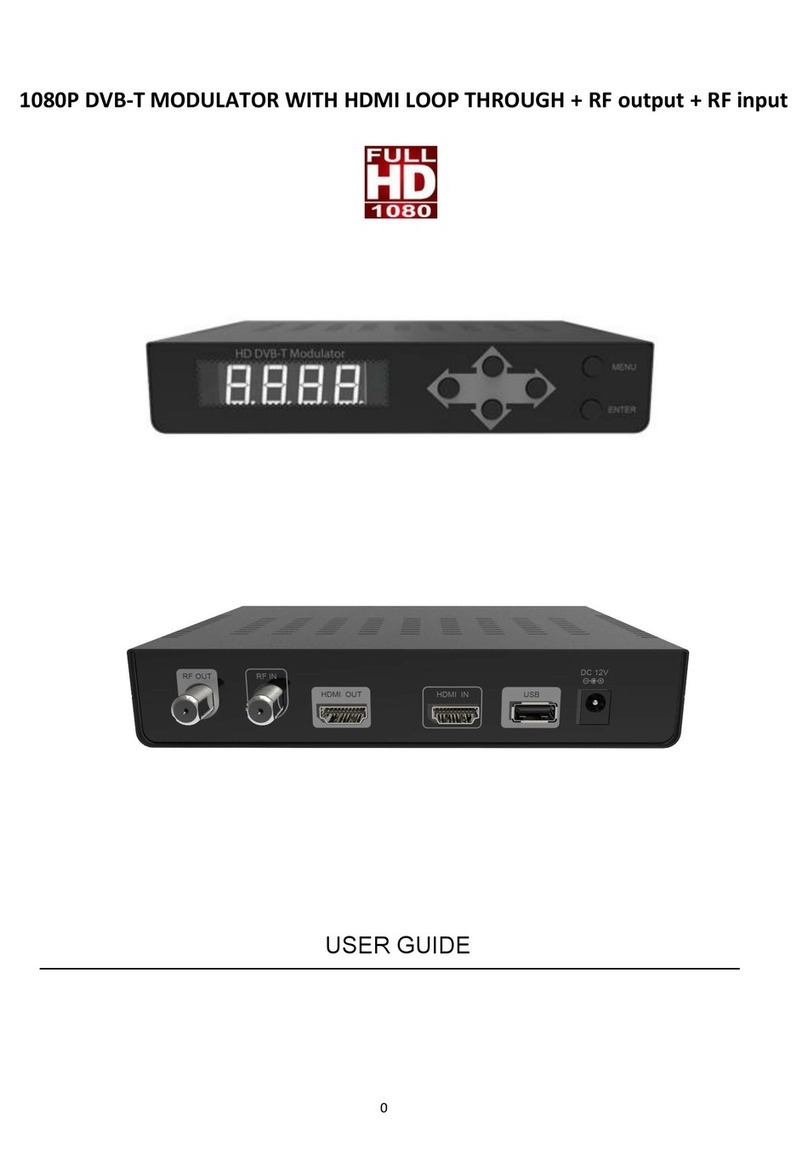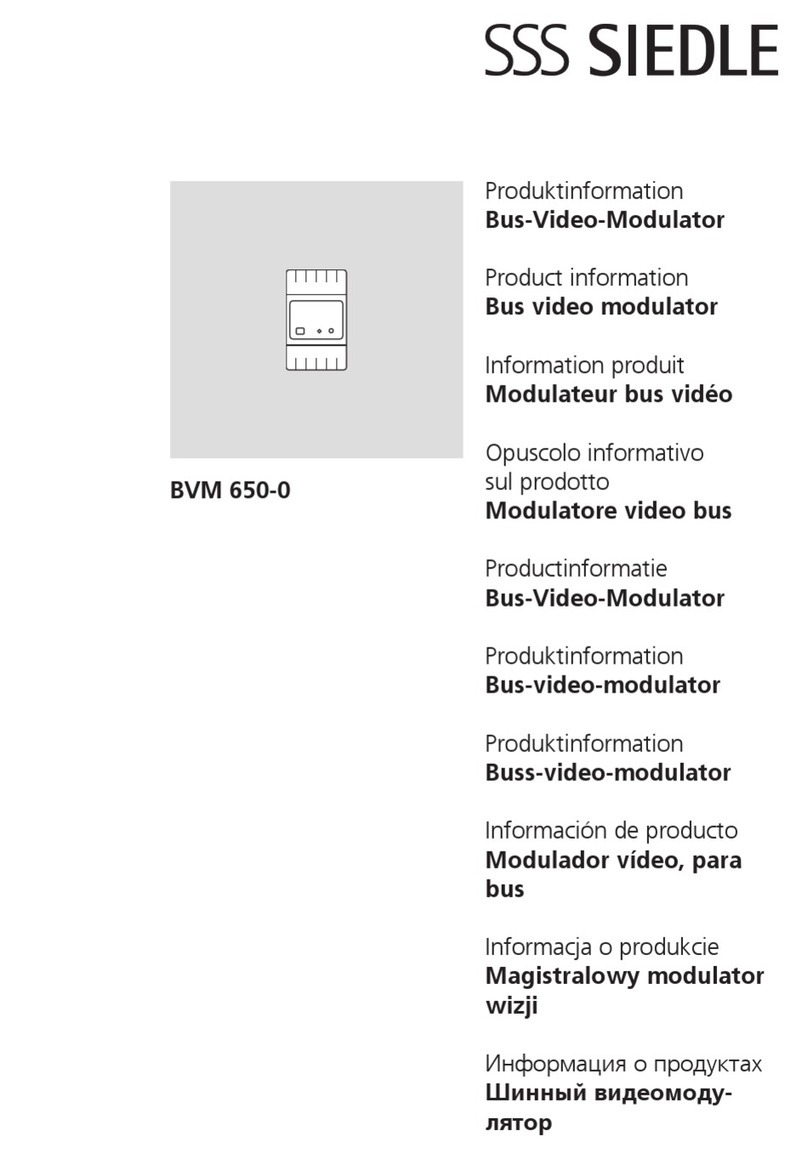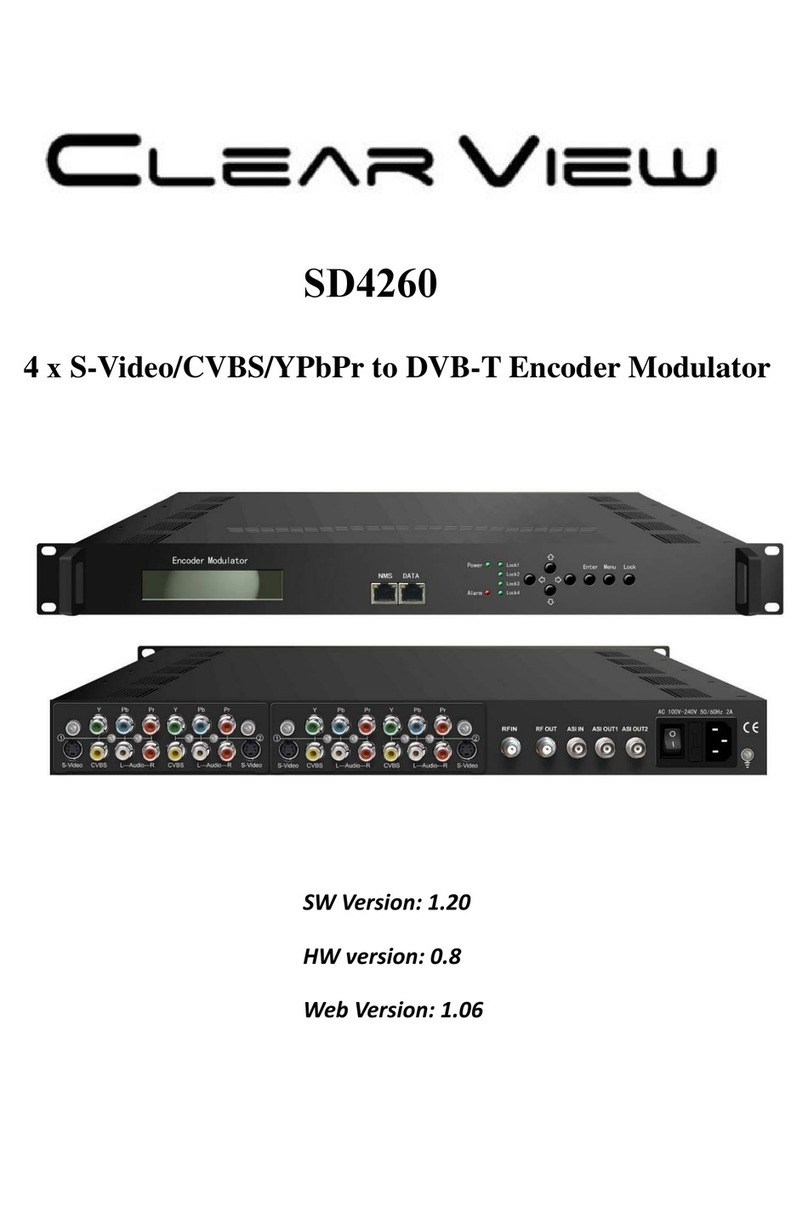Content
1. Safety and operating instructions ........................................................................................................... 3
2. Device variants ... ....................................................................................................................................3
3. Software options .....................................................................................................................................3
4. General ................................................................................................................................................... 3
5. Main features .......................................................................................................................................... 3
6. Functional description ............................................................................................................................3
7. Explanation of the operating elements ................................................................................................... 4
7.1 Front view .......................................................................................................................................4
7.2 Meaning of the status LED‘s .......................................................................................................... 4
7.3 Rear view .... ................................................................................................................................... 4
7.4 Meaning of the LED‘s on rear......................................................................................................... 5
7.4.1 LED’s at the 10/ 100/ 1000 Mbit stream port 1........................................................................ 5
7.4.2 LED’s at the 10/ 100/ 1000 Mbit stream port 2 ....................................................................... 5
7.4.3 Status LED at the ASI socket .................................................................................................. 5
7.4.4 Status LED at the output coupler ............................................................................................ 5
7.4.5 LED‘s at the 10/ 100 Mbit control port .................................................................................... 5
8. Settings by web interface........................................................................................................................ 6
8.1 Network connection to the computer ............................................................................................. 6
8.2 Setting of individual parameters..................................................................................................... 7
8.2.1 Menu ”Overview”.....................................................................................................................8
8.2.2 Menu “IP input” .......................................................................................................................9
8.2.2.1 SFP option................................................................................................................. 10
8.2.3 Menu ”CI setup” .................................................................................................................... 11
8.2.4 Menu ”Routing” ..................................................................................................................... 13
8.2.5 Menu ”Program”.................................................................................................................... 14
8.2.6 Menu ”Settings”..................................................................................................................... 14
8.2.7 Menu ”Language” ................................................................................................................. 17
8.2.8 Menu ”Setup” ........................................................................................................................ 17
8.2.9 Menu ”Service”...................................................................................................................... 22
8.2.10 Menu ”Level” ....................................................................................................................... 22
8.2.11 Menu ”Status”...................................................................................................................... 23
8.2.12Menu„Amplier“.................................................................................................................. 23
9. Factory settings ................................................................................................................................... 24
10. Block diagram ................................................................................................................................... 25
11. Application example ........................................................................................................................... 25
12. Technical data .. .................................................................................................................................. 25
13. Glossary ........... .................................................................................................................................. 26
14. Bibliography ................................................................................................................................... 27
15. Notes on the device software ............................................................................................................. 27
16. Document history................................................................................................................................ 27
Declaration of conformity................................................................................................................... 28

